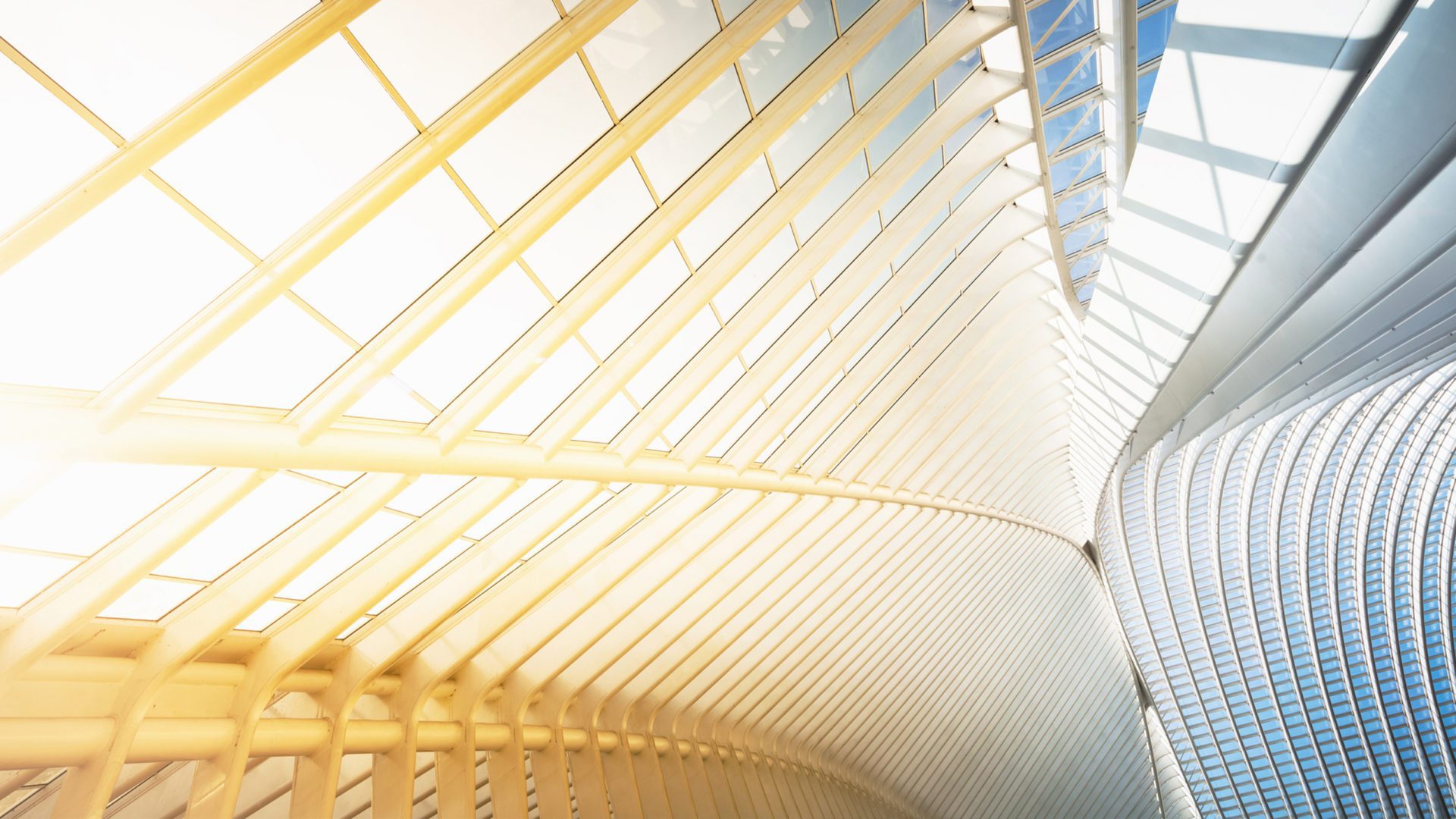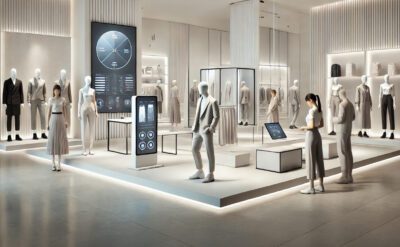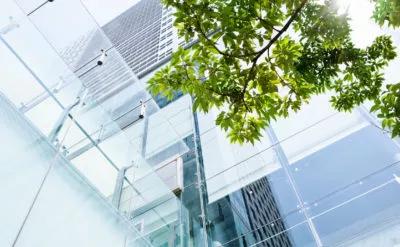Lifecycle carbon considerations require a holistic approach to design. From the initial project definition stage, through the design and construction phases, to the in-use and end of life stages of a project, every inter-related decision is critical to achieving low carbon high-performance design. The decisions made at the outset of a project have significant impacts on the energy use and carbon footprint of a building throughout its intended life. The starting point of consideration to meet specific performance objectives is the principle of Form, Fabric and Function.
Form
There is no one-size-fits-all solution for designing a low carbon high-performance project. The shape we create must consider the orientation of the building on the site, the size and function of the building, and the health and wellness of its users. A high-performance enclosure can reduce the impact of sub-optimal forms; however, the form of the building is often unaltered for the lifetime of the building, forever impacting its carbon emissions.
The goal: Minimize the requirement for energy going into the building and maintain that energy by means of a high-performance building enclosure. Orientation is critical to this optimization. By considering the sun path and wind direction, we can align our building to stay cool in the summer months while capturing and retaining heat during the winter.
Designing a building to have an efficient form factor (the ratio of the external envelope to the heated floor plate) and eliminating complex junctions can make a significant impact on energy and carbon reduction. Form factors of 3:1 and less are considered compact and minimize heat loss for residential stick-built constructions, while form factors under 2:1 for commercial/institutional buildings are preferred. A high-performance envelope means you have less heat loss, helping to reduce energy usage and carbon emissions.
With a blank canvas, this balancing act can be readily achieved, but often designers are tasked with optimizing the orientation and form in a constricted urban environment or in a unique climate location. In those cases, space planning plays a crucial role in achieving this ideal form. Understanding how spaces are used helps interior designers and architects design a program that fully utilizes space. By reducing a project’s square footage through space utilization, we can reduce embodied carbon from the spaces omitted from the building’s footprint to begin with. Understanding the relationship between the form, the environment and the project’s program is critical to its optimization and high-performance objectives.
Fabric
The fabric of a building comprises the building enclosure and protects it from external elements. It needs to control water, air, vapor and heat flows. Water, air and vapor are important to durability, while air and heat control contributes to energy efficiency. Six main factors that help guide decision making for an optimal building envelope and fabric solution for energy efficiency and carbon reduction are:
- High insulation values – Reducing heat loss and increasing heat retention are critical to helping a building adapt to multiple seasons and climate change conditions. Highly insulated buildings are more resilient in the event of power outages and increases the pallet of low energy/carbon design choices for the HVAC designer
- Reduce thermal bridging – Installing large amounts of insulation is not enough. Minimizing the conductivity paths between inside and out, particularly at junctions between components and other elements will maximize the value of the installed insulation
- Optimize solar gains – Optimizing building orientation, window size/position and shading devices are just some of the ways to allow the sun’s energy to be harnessed in the winter months, while preventing overheating in summer
- Improve air tightness – Construction methods that pay particular attention to doors, windows and material transitions help reduce air leakage. Airtight buildings are not only more energy-efficient but are also more durable, comfortable and enable ventilation and other fan systems in the building to operate as intended
- Efficient ventilation – Ensures excellent air quality for building users, while minimizing heat loss in winter months. Mixed mode ventilation combines high-efficiency mechanical ventilation with heat recovery during colder months and natural ventilation in warmer periods
- Effective daylighting – Lighting the internal environment using natural daylight is beneficial to the well-being of users and helps to reduce energy and carbon by lowering the use of electric lighting
Function
Reducing carbon emissions is vital to creating healthy projects and a sustainable future, but they are just one piece of a holistic design approach. While meeting the specifics of a client’s project brief is critical, designers must also consider broader issues such as the specific design solutions that enrich the lives of building users in a highly sustainable way.
Every building must contribute meaningfully to those who use it. The delightfulness of a space is a critical element of function. People need windows to open, lights to be adjustable and control over temperature – not to mention space flexibility to accommodate changing demands over time. Designing spaces that promote wellness is a given in today’s world and it is a key component in sustainable design. Good design can assist in decreasing overall energy usage and the amount of embodied carbon in a building. Taking advantage of the ability to commission the enclosure, as well as mechanical and electrical systems, will help to ensure the building will function as designed.
Taking the time to consider the principles of Form, Fabric and Function at the outset of a project are key factors that help to ensure each project is designed with the goal of reducing carbon emissions.
Download E-Book



